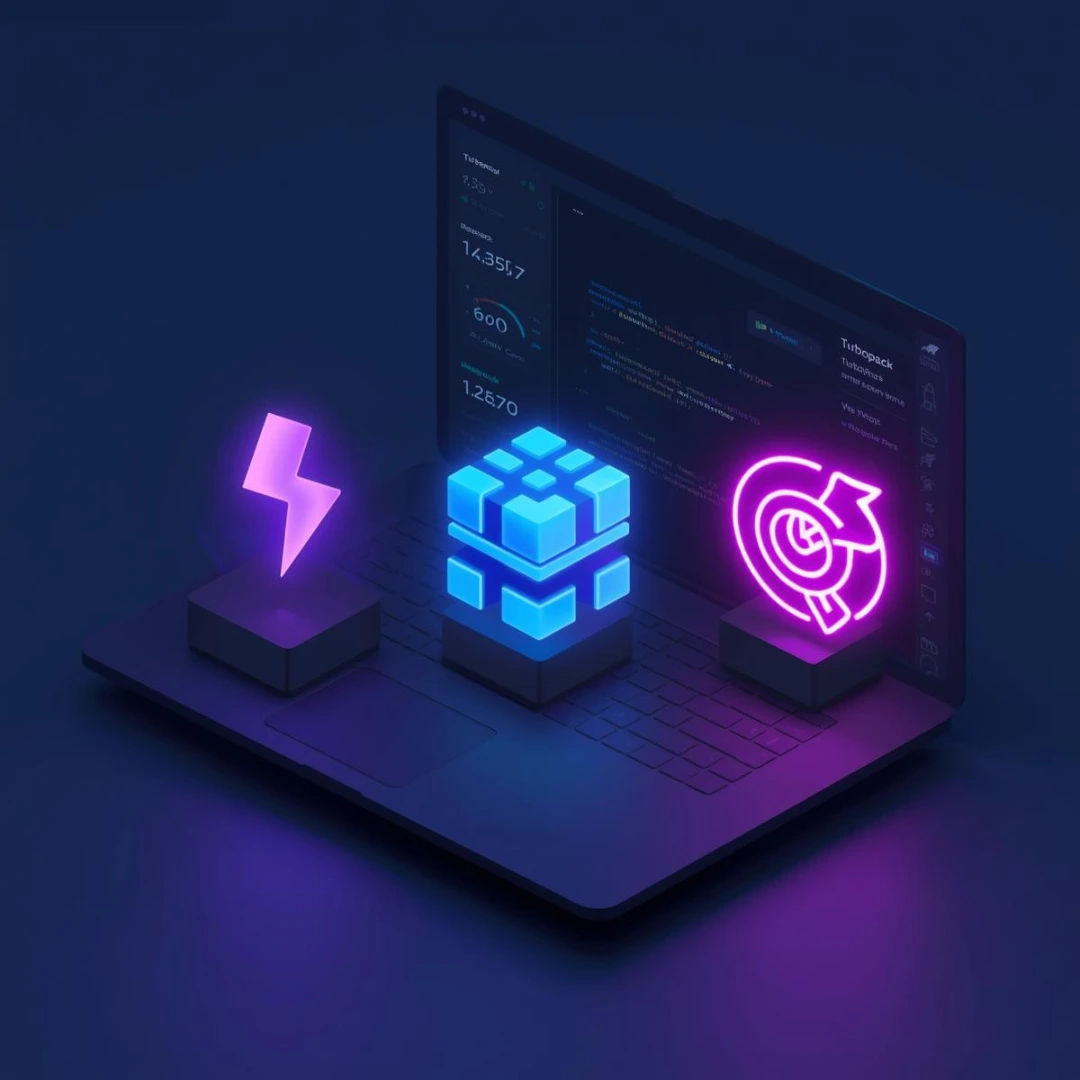
Chukwunonso Nwabueze
Chukwunonso Nwabueze is a Software Engineer passionate about building high-performance applications. He has led engineering teams on several major projects and is passionate about creating solutions that address critical problems with a results-driven mindset.
Article by Gigson Expert

In today’s tech industry, job titles can be both confusing and varied. Two of the most commonly debated and often misunderstood titles are Software Developer and Software Engineer. These titles frequently appear interchangeably in job postings and resumes, leaving many to wonder: Is there a difference?
This article explores the meanings, similarities, and key differences between these roles, offering clarity on how each fits into the broader tech ecosystem.
Origins and Definitions
Although both roles involve writing code, their origins and definitions suggest distinct responsibilities and approaches.
Software Developer
A software developer primarily focuses on building functional software applications. Their role typically includes:
- Translating business or design requirements into working code
- Building user-facing application features
- Focusing on application functionality and user experience
- Using programming languages, libraries, and frameworks (e.g., React, Django, Flutter)
For example, a developer might focus on building the checkout page UI using React or creating mobile features in Flutter.
Software Engineer
A software engineer applies formal engineering principles to software development. While they also write code, their responsibilities often include:
- Designing system architecture and data flow
- Ensuring software scalability, reliability, and maintainability
- Collaborating with infrastructure, DevOps, and QA teams
- Addressing long-term technical concerns like performance and integration
For example, a software engineer might design a microservices-based e-commerce backend or architect a cloud-native system for global deployment.
Key Differences
Although their work overlaps, the following distinctions help clarify each role:
Software Developer
- Focuses on code implementation and application features
- Works on specific parts of an application
- Collaborates closely with product and design teams
- Solves immediate problems with practical coding solutions
Software Engineer
- Focuses on system design and the overall engineering process
- Takes a holistic view of the system, including integration and scale
- Collaborates with QA, operations, and architectural teams
- Considers long-term performance, maintainability, and scalability
Overlapping Responsibilities
Despite the differences, professionals in both roles often share several responsibilities:
- Writing and maintaining code
- Debugging, testing, and optimizing applications
- Participating in code reviews and pull requests
- Contributing to product design and user experience discussions
Context Matters: Startups vs. Big Tech, Global vs. Local Startups
In smaller companies or startups, the line between developer and engineer often blurs. One person might:
- Write application logic
- Manage infrastructure on AWS
- Handle database performance issues
- Talk directly with users to gather feedback
Large Tech Companies
In contrast, large organizations tend to define roles more clearly. “Software Engineer” is often the default title across all technical levels, with well-documented responsibilities and promotion tracks.
Global Differences
In some countries, the title “engineer” is legally protected and requires formal certification (e.g., Germany, Canada). In others, the term is used more casually and doesn’t require licensure.
Conclusion
In the fast-paced and ever-changing world of tech, job titles can often feel unclear. What truly matters isn’t just the title you hold, but the intent behind it. By understanding what each role truly encompasses, you’ll be better equipped to navigate your career, communicate your skills effectively, and pursue opportunities that align with your unique strengths and aspirations.
Stay focused on the bigger picture. As you move forward in your career, it’s the value you bring to the table that will set you apart, regardless of the title you wear. Keep building, keep learning, and keep aiming for roles that fuel your passion and growth.




.webp)